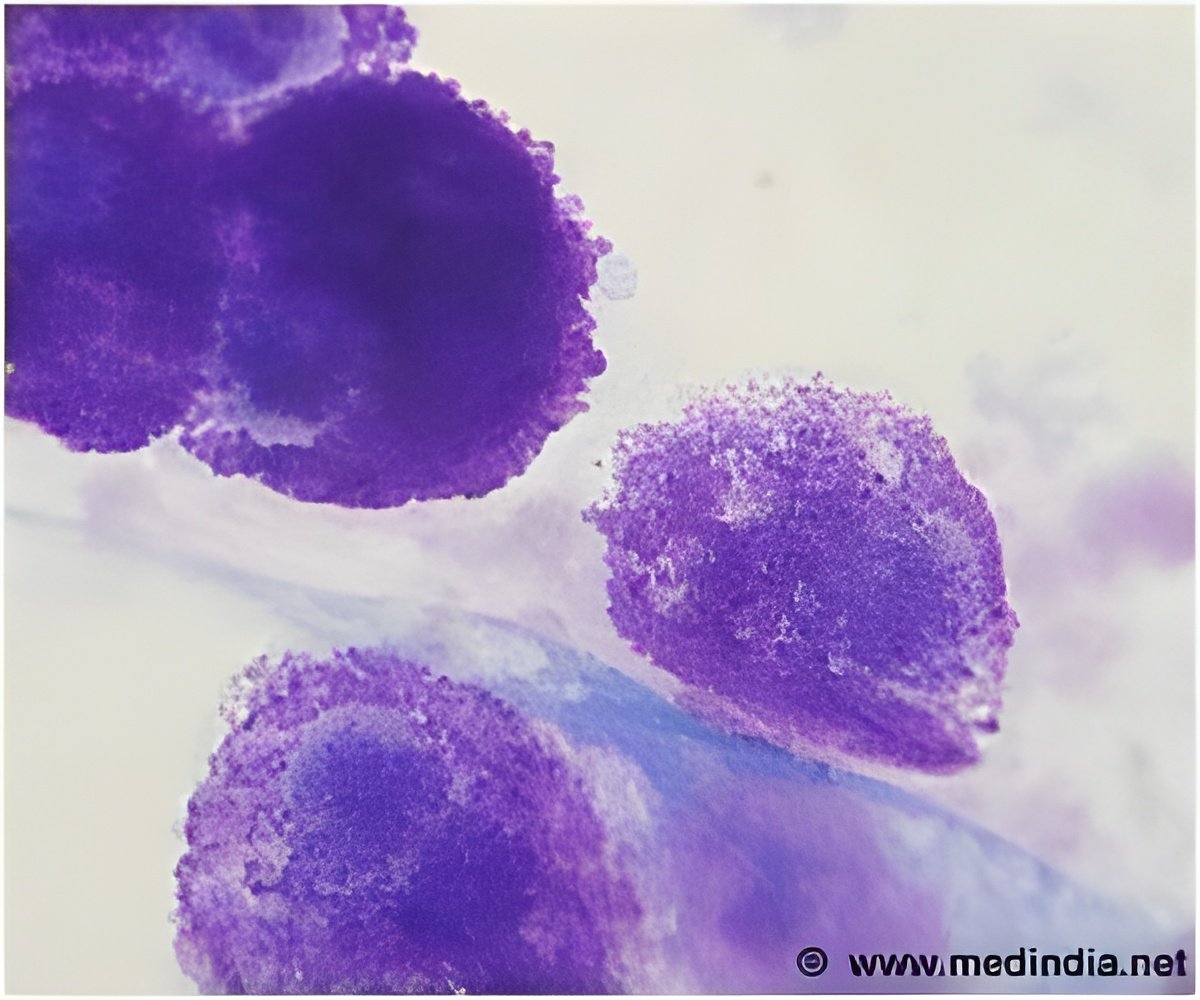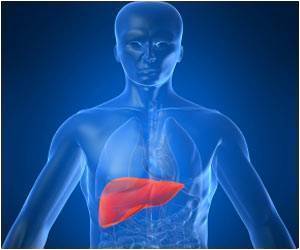
‘The parameter could help in designing individualized dosing regimens and develop reliable models for anticancer therapy.’
Tweet it Now
"This novel method allows clinicians and drug development scientists to use routinely-generated clinical data to infer doubling times of solid tumors. This parameter can be used to design individualized dosing regimens and develop reliable models for anticancer therapeutics," says Shah. Tumor doubling time can significantly affect the outcome of anticancer therapy, but the rate is challenging to determine. Current methods calculate doubling time by measuring the size of a tumor at two points in time and assuming the cancer will grow at an exponential rate.
However, most doubling times calculated using this method are overestimated, and tiny changes in tumor size can make determining growth rates difficult.
The error impacts the ability of clinicians to schedule optimal follow-up screenings, set effective dosing regimens, and determine whether surgery, chemotherapy or radiation therapy is the best form of treatment.
The UB researchers instead base their method on data extracted from progression-free survival plots -- the length of time during and after treatment that a cancer does not grow or spread.
Advertisement
The investigators examined data from 47 clinical trials that reported plots for any of 12 cancer types: melanoma; pancreatic, lung, prostate, gastric, colorectal and three forms of breast cancer; hepatocellular (liver) and renal cell (kidney) carcinoma; and glioblastoma multiforme (brain).
Advertisement
Source-Eurekalert














